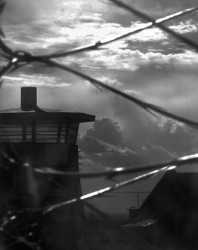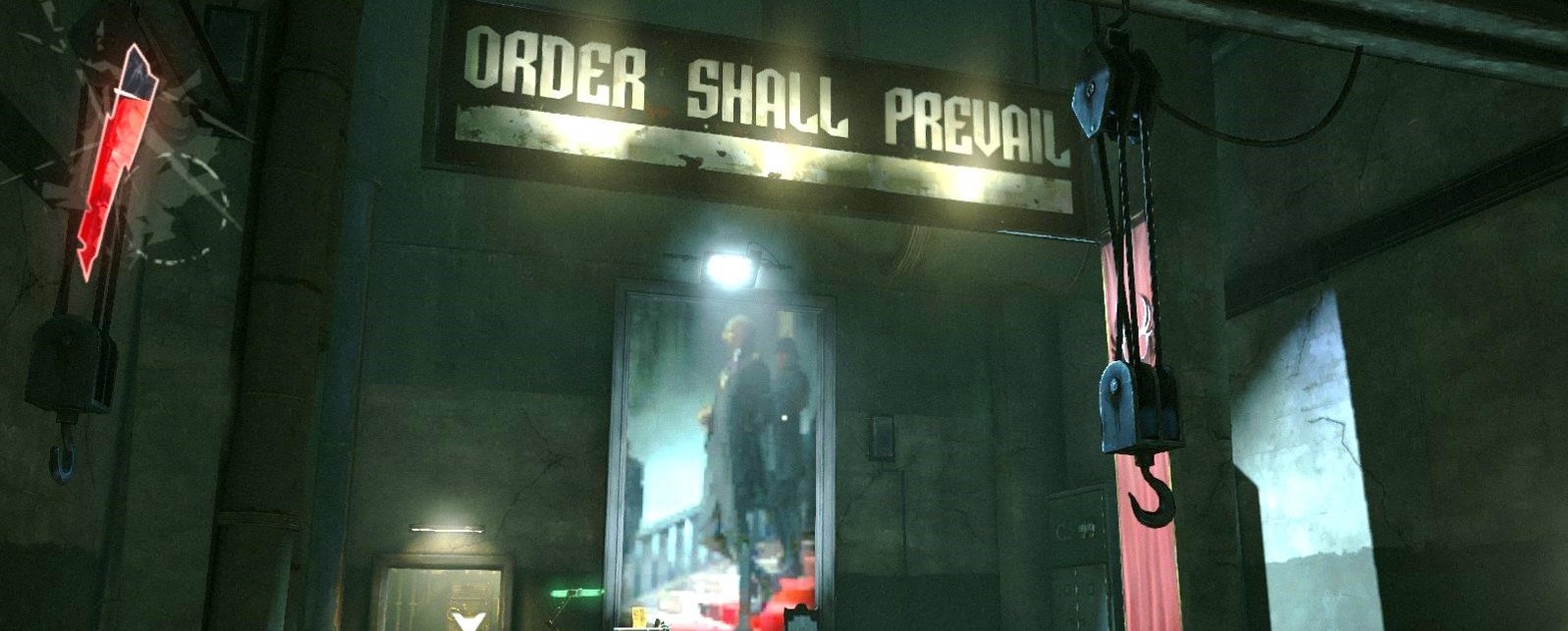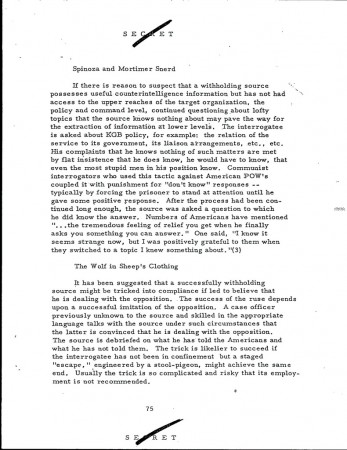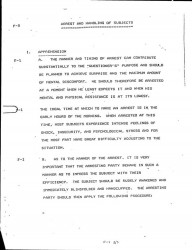 In a recent post on the group blog Play the Past, I wrote about the way torture-interrogation is often described by its proponents as a kind of game. I wrestled for a long time with the title of that post: “The Gamification of Interrogation.” Why? Because I oppose the general trend toward “gamifying” real world activities—mapping game-like trappings such as badges, points, and achievements onto otherwise routine or necessary activities.
In a recent post on the group blog Play the Past, I wrote about the way torture-interrogation is often described by its proponents as a kind of game. I wrestled for a long time with the title of that post: “The Gamification of Interrogation.” Why? Because I oppose the general trend toward “gamifying” real world activities—mapping game-like trappings such as badges, points, and achievements onto otherwise routine or necessary activities.
A better term for such “gamification” is, as Margaret Robertson argues, pointsification. And I oppose it. I oppose pointsification and the gamification of life. Instead of “gamifying” activities in our daily life, we need to meanify them—imbue them with meaning. The things that we do to live, breathe, eat, laugh, love, and die, we need to see as worth doing in order to live, breathe, eat, laugh, love, and die. A leaderboard is not the path toward discovering this worthwhileness.
So, back to my title and what troubled me about it: “The Gamification of Interrogation.” I didn’t want this title to appear to be an endorsement of gamification. Perhaps the most cogent argument against both the practice of gamification and the rhetoric of the word itself comes from Ian Bogost, who observes that the contorted noun “gamification” acts as a kind of magic word, making “something seem easy to accomplish, even if it is in fact difficult.”
Ian proposes that we begin calling gamification what it really is. Because gamification seeks to “replace real incentives with fictional ones,” he argues that we call it “exploitationware”—a malevolent practice that exploits a user’s loyalty with fake rewards.
I’m skeptical that “exploitationware” will catch on, even among the detractor’s of gamification. It doesn’t exactly roll off the tongue. Its five syllables are so confrontational that even those who despise gamification might not be sympathetic to the word. Yet Ian himself suggests the way forward:
[quote]the best move is to distance games from the concept [of gamification] entirely, by showing its connection to the more insidious activities that really comprise it.[/quote]
And this is where my title comes in. I’ve connected gamification to an insidious activity, interrogation. I’m not trying to substitute a more accurate word for gamification. Rather, I’m using “gamification,” but in conjunction with human activities that absolutely should not be turned into a game. Activities that most people would recoil to conceive as a game.
The gamification of torture.
The gamification of radiation poisoning.
The gamification of child pornography.
This is how we disabuse the public of the ideology of gamification. Not by inventing another ungainly word, but by making the word itself ungainly. Making it ungamely.
Prison Tower Barb photo courtesy of Flickr user Dana Gonzales / Creative Commons License]



